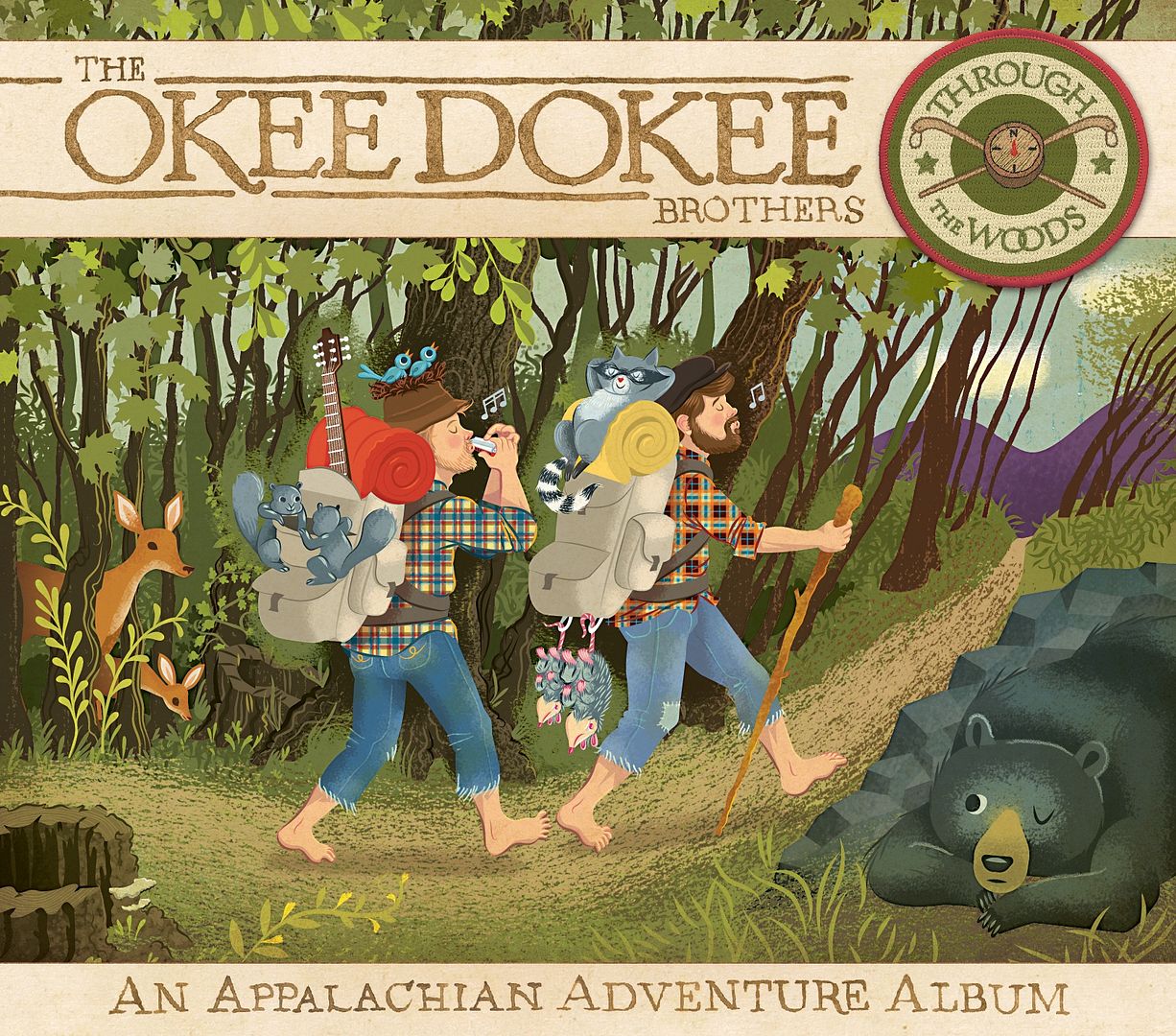
There were other reasons that postponed settlement of this region than pure geography:ġ. The Appalachians therefore tended to attract poorer people looking for cheaper or unwanted land.
#Appalachian mountain music collector brothers full
This produced a long range of accordion_like steep ridges, full of foliage entanglements like mountain laurel, and therefore difficult to transverse, alongside valleys and ‘hollers’ full of generally agriculturally useless soil. Ridges of hard quartz sandstone survived, forming long valleys of softer shale. Two hundred million years of erosion turned the Appalachians from high, Alp_like peaks into rounded hills, but This is why the mountains of the Scottish Highlands and the Appalachians seem so similar they were the same range!ĭuring the third period, the Alleghenian, the Laurentian and West African continents smashed together, causing the Appalachians to curve like a half moon, mirroring the bulge in Africa. At this time the Caledonia Mountains rose up and wore down before the Atlantic Ocean started to split the continent.

During the first period, the Taconic, and the second, the Acadian, North America, Greenland, Ireland, and Scotland were all one land mass called Laurentia. These mountains were shaped over 500 million years in three separate building periods called oroginies. To properly understand how traditional Appalachian music grew and dispersed it helps to have some understanding of how the Appalachians were formed.

Today when ethnomusicologists discuss ‘Appalachian music’ they generally divide the term into two periods: the traditional music- including ballads and dance tunes, mostly brought over with anglo-celtic immigrants, and in evidence from the early eighteenth century through 1900 – and the ‘old-time’ music popular from around 1900 through 1930, a blend of that tradition with parlor and vaudeville music, African-American styles, and Minstrel Show tunes.

Although a large physiographic area, a body of behaviors and cultural identities based upon speech and dialect, building practices, folk music and dance, crafts, superstitions and religion, and concepts like feuding and moonshining link all 1500 miles of these mountains. Southern Appalachia includes three hundred counties covering most of West Virginia and parts of Alabama, Georgia, Kentucky, Tennessee, Maryland, North and South Carolina, and Virginia, an area called today the Southern Highlands or Upland South, or, in Colonial times, the ‘Back Country’. MOST Europeans consider the Appalachians to be mountains of the southeastern region of the United States, but in truth they encompass eighteen states, reaching from Maine to Georgia, and include, among others, the Berkshires of Connecticut, the Green Mountains of New Hampshire, the Catskills of New York, the Blue Ridge of Virginia, and the Smoky Mountains of Tennessee.


 0 kommentar(er)
0 kommentar(er)
